
Diagram showing stem structure Royalty Free Vector Image
Quiz Course 75K views The Function of a Stem in Plant Plant stems are essential to the survival of plants. The three main functions of plants include: Support for the plant Points of.

Growth in Stems Plant Form and Physiology
stem leaves Watch: The structure of plants Learn about the roots, stem, leaves and petals. Video Transcript Plants sometimes also have: trunks branches flowers or blossom fruits such as.
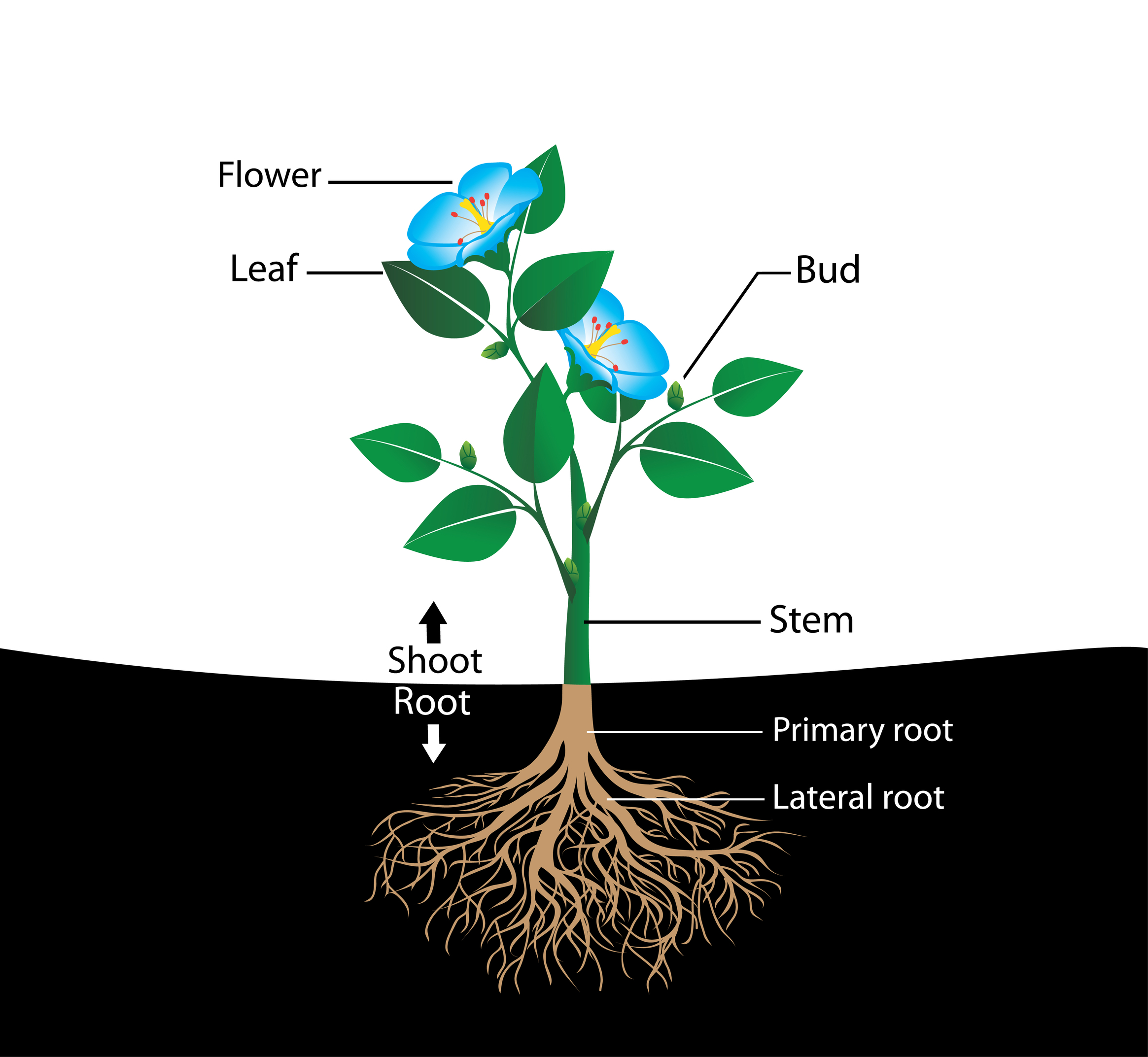
Parts of Flowering Plants
Morphology of the Stem. Stem morphology is simple. Its components are nodes (places where leaves are/were attached) and internodes, long or short (in the last case, plant sometimes appears to be stemless, rosette-like).Stems are different by the type of phyllotaxis.The phyllotaxis refers to the arrangement of leaves. If there is one leaf per node, it is a spiral (alternate) arrangement.

Root, Stem and Leaf Class 6, Getting to know Plants, Science
Stems. Organization of Tissues into Tissue Systems. The tissues of the stem, as with the other organs, are organized into three tissue systems: dermal, vascular, and ground tissue systems.Below you can see how the tissue systems are arranged in the stem. Diagram of a young plant, Illustrating the cross section of the stem. Primary Growth in Stems.

Plant_Bodies_stems
Figure 30.3.1 30.3. 1: Sclerenchyma cells in plants: The central pith and outer cortex of the (a) flax stem are made up of parenchyma cells. Inside the cortex is a layer of sclerenchyma cells, which make up the fibers in flax rope and clothing. Humans have grown and harvested flax for thousands of years.
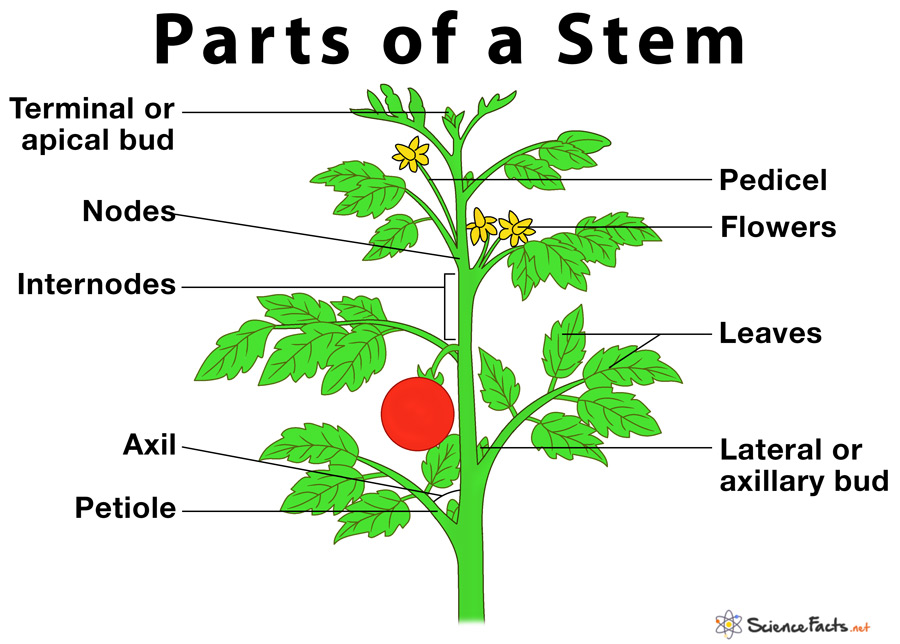
Parts of a Stem With Their Structures and Functions
Image by RolfDieterMueller ( CC-BY) Figure 3.3.2.3 3.3.2. 3: In eusteles (left), vascular bundles are arranged around the periphery of the ground tissue. The xylem tissue is located toward the interior of the vascular bundle, and phloem is located toward the exterior. Primary phloem fibers cap the vascular bundles.

Internal Structure of Root HubPages
The stem is the portion of the plant located above ground that helps to provide support to the flowers, leaves, and buds. Stems also help to transport nutrients and water throughout the.

Structure of a woody stem Learning science, Stem, Math drills
The function of the stem is to support the plant and transport nutrients to the leaves and flowers. Of course, flowers and plants have many other parts, each with its own specific function. In this guide to the parts of flower and plant, you will learn what makes them so amazing.
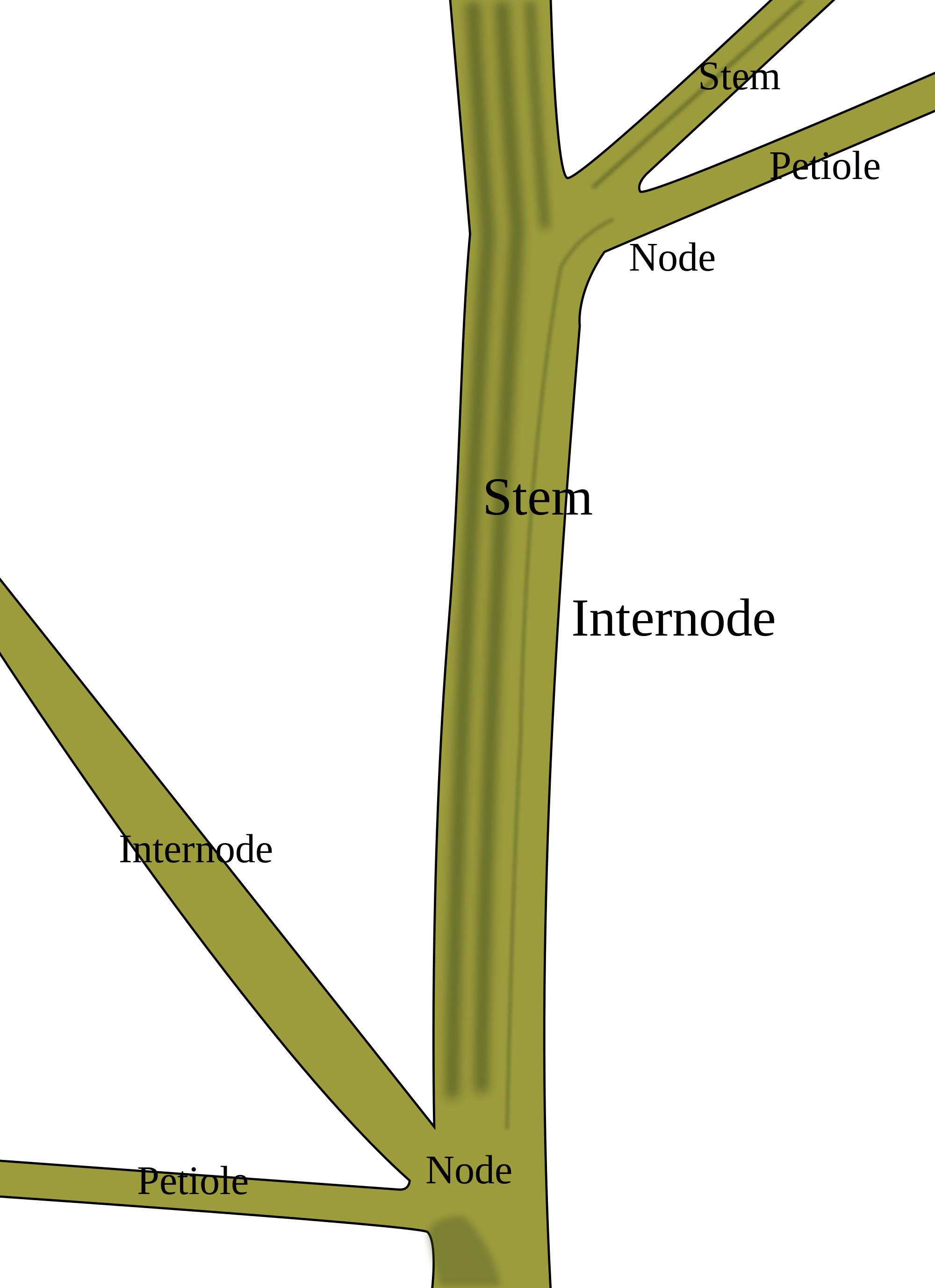
Collection of Stem Of A Plant PNG. PlusPNG
Stems. The stem is the structure which forms the core of the shoot system. The stem is divided into two parts. These are the nodes and internodes . Nodes are where bud s grow into leaves, stems, or flowers. I nternodes are the parts of the stem in between the nodes. In most plants, stems are found above the ground.
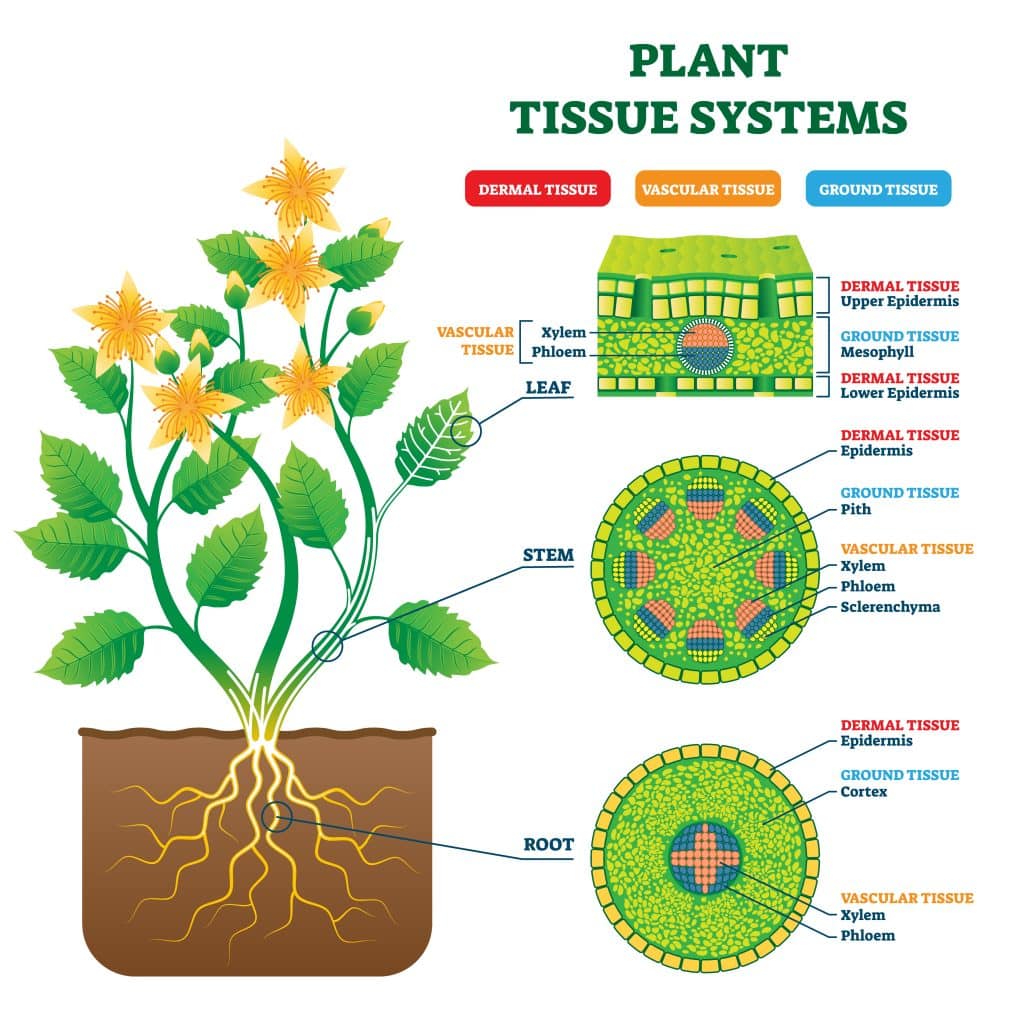
Section 5 Roots, Stems, and Leaves Nitty Gritty Science
Introduction to stems Notice this image of a palm tree because it will come up again later. Think about where and how it is growing. Travel Aficionado - CC BY-NC 2.0. Herbaceous plants are plants whose above-ground plant parts die back to the soil surface at the end of the growing season. Herbaceous plant shoots grow in length and diameter in the same way that roots do: the apical meristem.
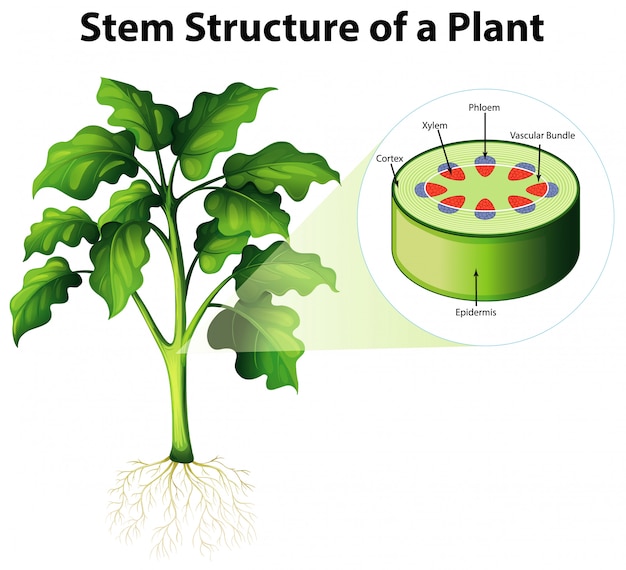
Premium Vector Diagram showing stem structure of a plant
Stem - A plant's stems help support the weight of the plant and all its leaves. Water and minerals are brought up from the roots. Nutrients made by photosynthesis in the leaves are sent down and all around the plant. Roots - A plant's roots anchor it into the ground. They also collect water and minerals from the soil and transport them up.

Plant_Bodies_stems
A look at monocot and dicot stems. 1. The stem supports the plant, facilitates water and nutrient transport between the different parts of the plant, and contains tissues that help the plant grow. The stem supports the plant, holding up the plant's leaves, flowers, and fruits. Within the stem, bundles of vascular tissue, consisting of xylem.
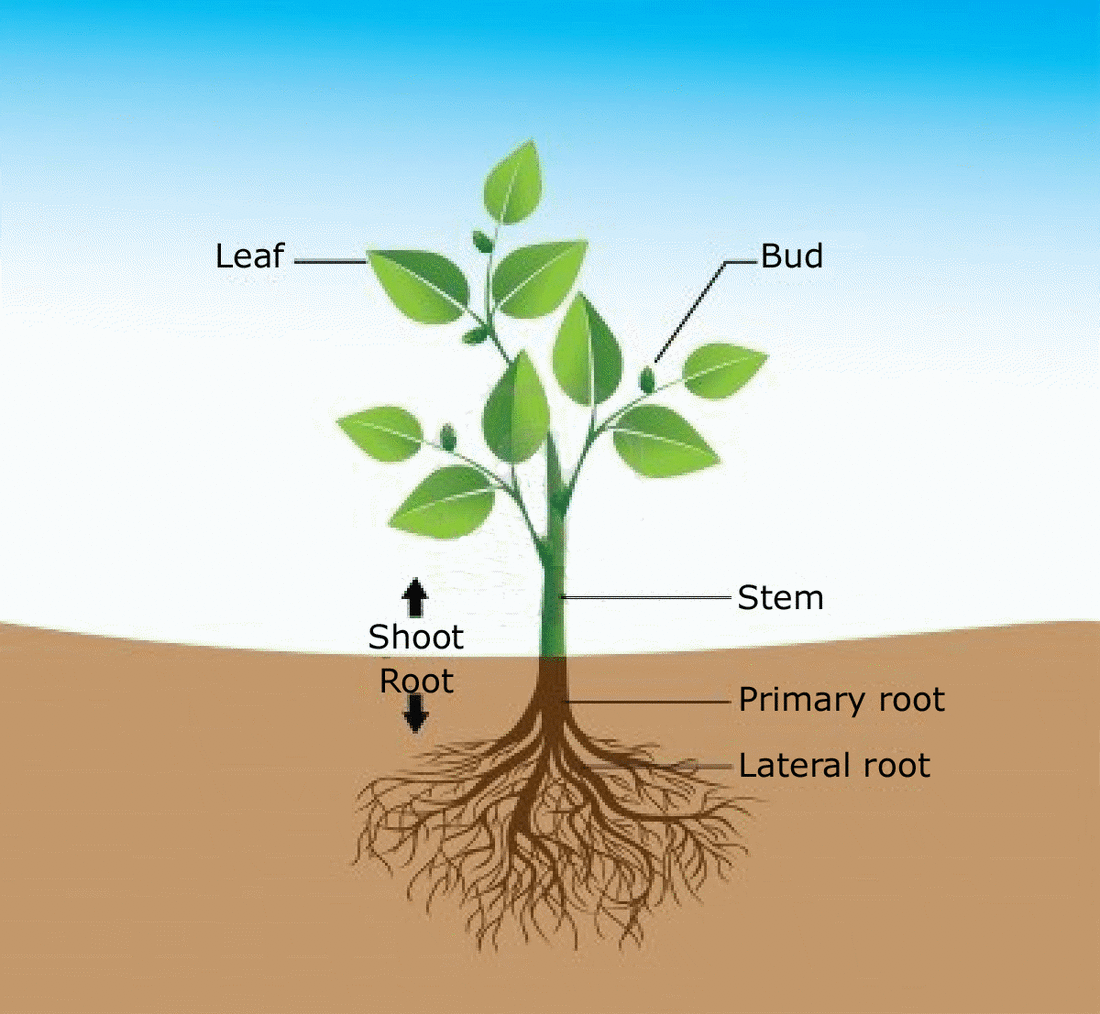
Plant Structure Mrs. Irwin's integrating science in garden restoration
The stem of plants is an organ that helps support other plant parts, transport nutrients, store food, and sometimes even reproduce! Content verified by subject matter experts Free Vaia App with over 20 million students Explore our app and discover over 50 million learning materials for free. Sign-up for free! Biology Plant Biology Plant Stem

What are the parts of a stem? lovethatleaf
The epidermis is a single layer of cells covering a plant's leaves, flowers, roots, and stems, forming a boundary to the external environment. Just within the stem's epidermis, there is a layer of spongy cells that make up the cortex. The majority of the cortex is made up of parenchyma tissue, one of the three simple tissues found in plants.

Plant Cells. Overview of Plant Structure online presentation
Identify basic common structures of plants. While individual plant species are unique, all share a common structure: a plant body consisting of stems, roots, and leaves. They all transport water, minerals, and sugars produced through photosynthesis through the plant body in a similar manner. All plant species also respond to environmental.

[DIAGRAM] Prayer Plant Stem Diagram
Specialized terms Stems are often specialized for storage, asexual reproduction, protection, or photosynthesis, including the following: Climbing stem of Senecio angulatus. Acaulescent: Used to describe stems in plants that appear to be stemless.